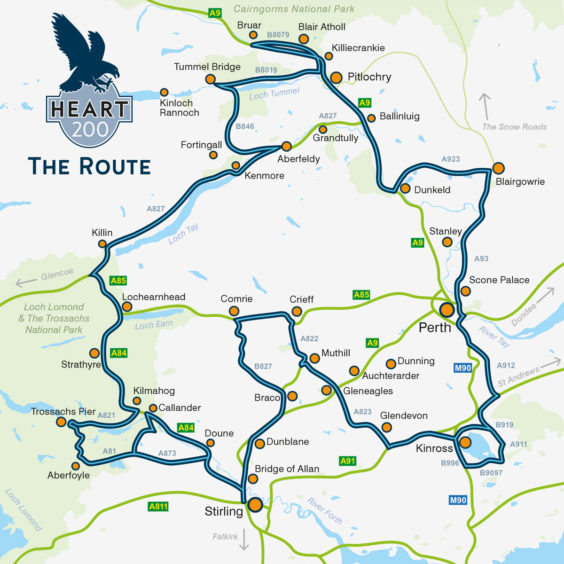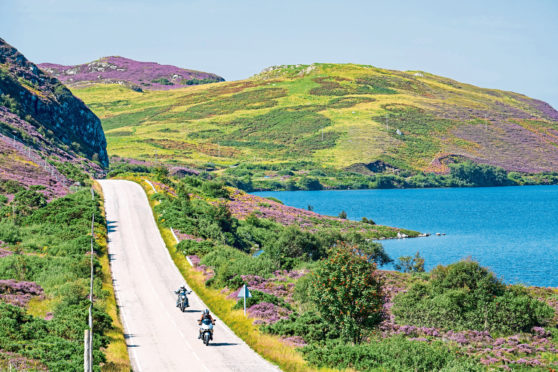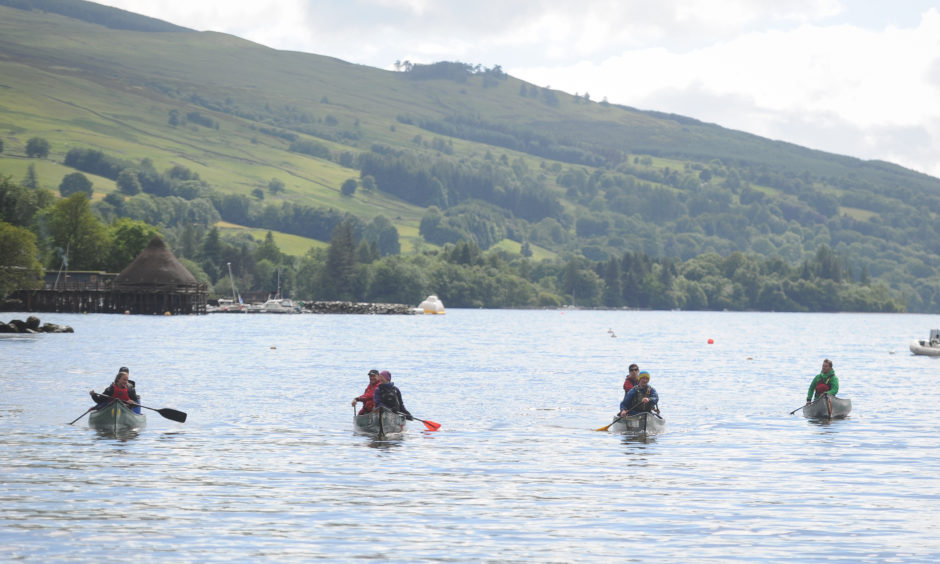On a recent trip to Sutherland I was struck (not literally, thank goodness) by two things – motorbikes and motorhomes.
The numbers of both, across some of Scotland’s most beautiful and remote landscapes, were noticeable even to an urban dweller accustomed to much heavier levels of traffic.
Perhaps on long stretches of empty road, racing bikers travelling in packs are more conspicuous.
And when the views are that breathtaking, camper vans parked at every lookout become a more obvious eyesore.
This was mid-June, which for the past four years has been the season of the North Coast 500, a tourist trail launched to encourage visitors to Scotland’s northernmost and westernmost beauty spots, and thus help local businesses to survive.
It may be too soon to gauge the long-term impact of such a scheme, but the locals I spoke to on the route seemed less than impressed.
My hotelier, for instance, said there had been few gains for people like him, as many who embark on the North Coast 500 aim to do it in two days, bringing little to the hospitality sector.
And the motorhomes are completely self-sufficient, spending neither on hotels nor restaurants.
The organisers argue that even a brief taste of such scenic wonders will eventually lure many of these two-day trippers back, and then they will enrich the local communities they speed through today.
Who knows, but fears in the north that a money-making ploy could backfire by putting too much pressure on fragile communities are now being echoed in Courier Country.

Monday saw the start of the controversial Heart 200 route, created by local business owners to try to replicate the tourist explosion along the North Coast 500.
They insist their version will help reverse the decline in tourism in rural Perthshire and Stirlingshire, but residents sound unconvinced.
Windy roads, with few passing places and poor visibility, and country lanes not built for roaring bikes or coaches, are included in maps.
Besides, as one resident from Loch Tay told the Courier, the already heavily used roads along the sides of Loch Tay and Loch Tummel don’t need more usage in peak season.
Both Heart 200 and the North Coast 500 are privately-run initiatives but, as some Perthshire locals have pointed out, more people doesn’t necessarily mean more money.
If the North Coast can be rushed through in two days, the shorter Heart 200 will surely be done in a day, with no benefit for the areas most affected by the invasion.
The contradiction for Scottish tourism is that much of its allure lies in its unspoilt tranquillity, but to exploit natural splendour for financial reward you must advertise it and then watch it become less tranquil.
The same, of course, can be said for any wilderness and the trick, if tourism is the aim, is to get the balance right, between preserving the peace and increasing the income.
The reason people in Perthshire are now so anxious is because Scotland has got the balance wrong, even very wrong in places.
Skye, in season, has been the focus of the “overtourism” debate for the past two or three years, since pictures of summer gridlock began appearing in the papers.
Police now turn people away in August and traffic wardens have been dispatched from Inverness to manage the strain on the limited parking capacity.
More seriously, there are complaints that the availability of affordable housing is compromised by the need to provide holiday lets.
Developing the tourist economy, which would have to be a goal for any Scottish government (bar the Greens), will involve imaginative approaches to combat excess without driving people away altogether.
Two academics at the University of the Highlands and Islands’ Centre for Recreation and Tourism Research made the case recently for “slow adventure” holidays to attract the right kind of tourists.
But this kind of micromanaging sounds illiberal. Perhaps we should spare a thought for our visitors.
If an experience is ruined for the locals, it is probably ruined more for the tourists, who have to queue for the car parks and stay in the overpriced rooms.
Heart 200 might draw record crowds to the Perthshire countryside, but if the highways and byways aren’t up to it, they probably won’t be back.




